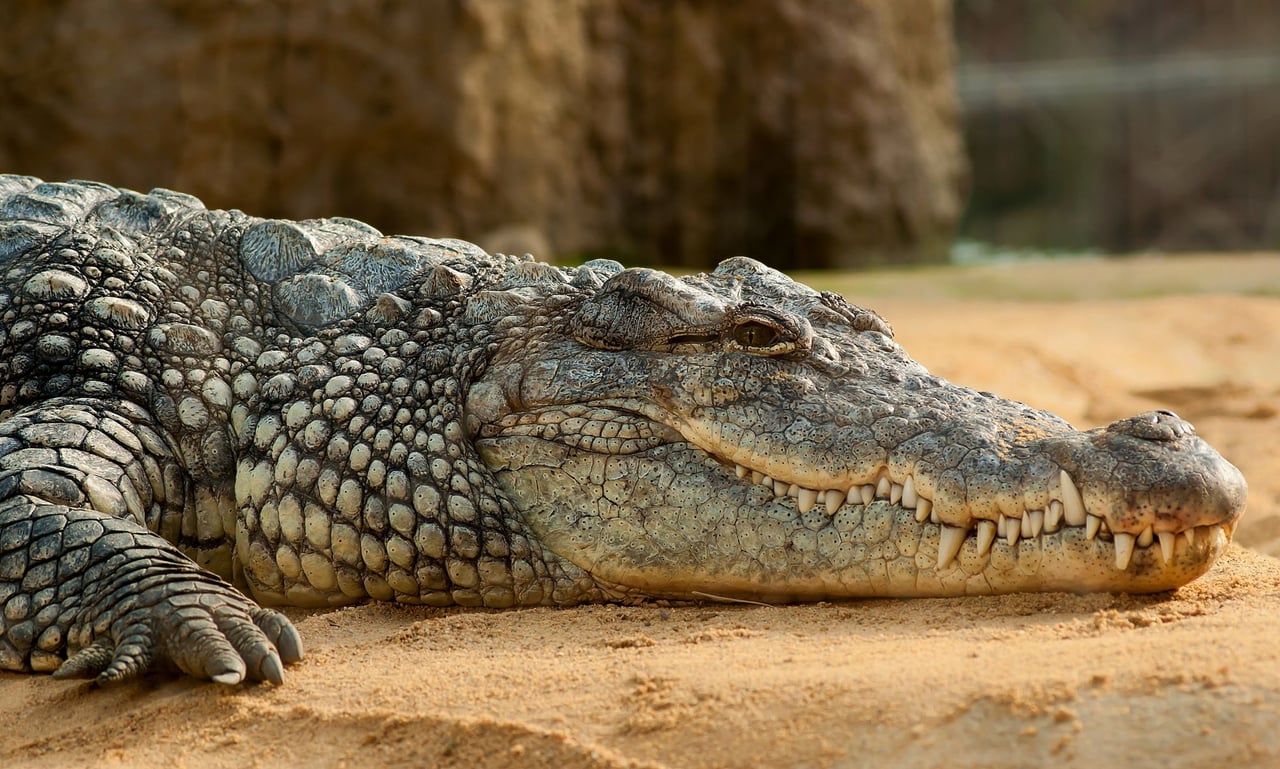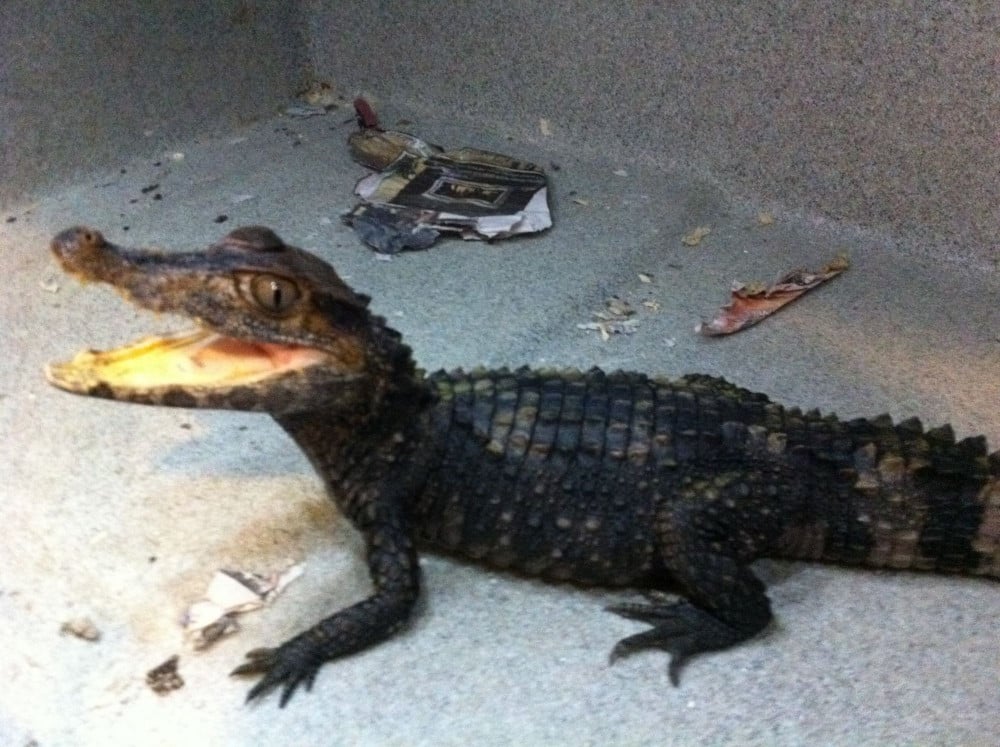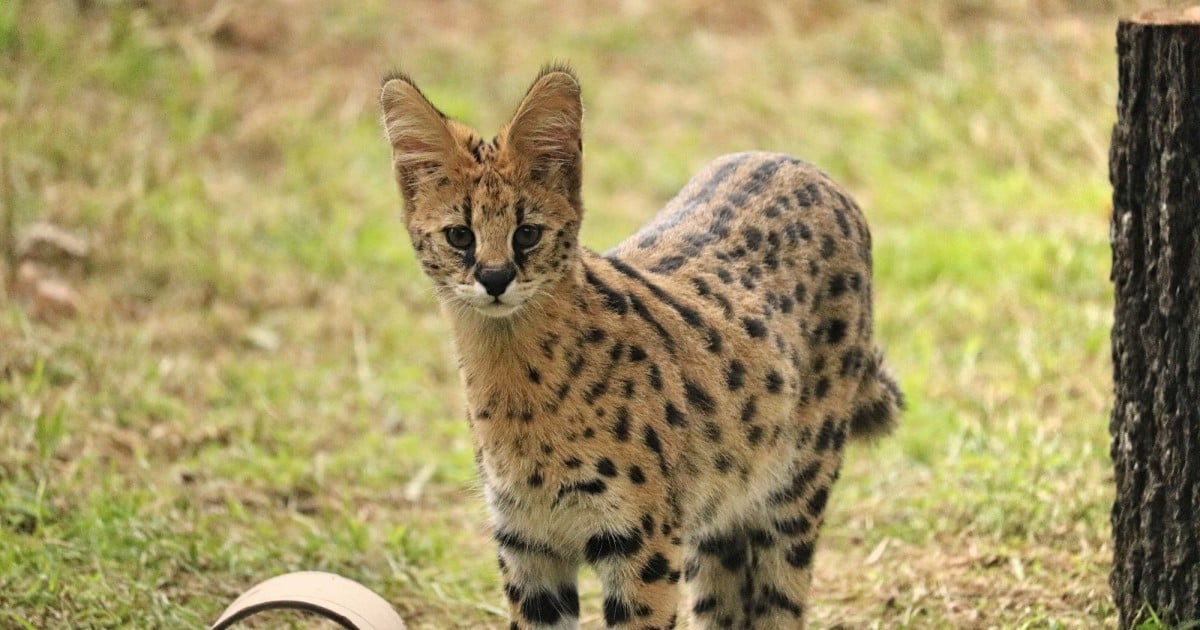
The animals you won’t believe exist as pets in Canada
Revealing World Animal Protection data finds that millions of wild animals are kept as pets in Canada.
When you think of wild animals like crocodiles, leopards or tigers, you might think of foreign, exotic landscapes – like the tropics of Australia, African savannahs or the jungles of Southeast Asia. You might then be surprised to learn that thousands of these wild animals exist in Canada... as pets.
New World Animal Protection data shows that Canadians own millions of wild animals despite these animals being entirely unsuitable as pets.
Altogether, an estimated 1.4 million wild animals are kept as pets in Canada. The number of wild animals kept as pets vary between provinces. The majority of animals can be found in Ontario (42%), Quebec (20%) and Alberta (14%).
Find out which animals are permitted in your province or territory

Animal welfare and human health concerns
Captured from the wild or born in captivity, every stage of the wildlife pet trade causes unimaginable suffering to millions of animals every year. And unlike domesticated animals, which have been selectively bred over many generations to live with humans, these animals are wild. Their behaviours, instincts and social needs cannot be replicated in a home environment. At best their captive home environments can be described as ‘controlled deprivation’
Wild animals not only suffer in captivity but can also pose a danger to their owners and local communities.
Maulings, bites, scratches and constriction can inflict serious harm and even death. Tragic events have occurred throughout Canada, including:
- The death of two boys from asphyxiation by an African Rock Python in New Brunswick in 2013.
- A Siberian tiger mailed his owner to death in Southwold, Ontario in 2010.
- A woman who was mauled to death by a tiger in British Columbia in 2007.
Unfortunately, many more examples of attacks, bites and potential dangerous escapes exist. In addition to the potential of physical harm there is a growing awareness and understanding of diseases wild animals can carry and transmit to humans. Zoonotic diseases are inherent to the wildlife pet trade. Diseases can jump species at every stage of the trade, in any country, at any location where animals and people meet.

Weak laws in Canada enable ownership of wild animals as pets
A significant enabler of the wildlife pet trade in Canada is the patchwork of laws and regulations and enforcement responsibilities.
Our analysis of Canada’s wild animal ownership laws found that many provinces fail to sufficiently restrict which animals can be owned as pets and that little consistency exists between provinces. Ontario for example only prohibits the keeping of orcas in captivity whereas British Columbia bans over 1,200 species.
Most existing provincial laws have, unfortunately, largely been developed in response to tragic incidents and do not consider animal welfare, environmental or zoonotic disease implications; all inherent risks to the keeping of these animals. We are calling on the Canadian government

The time to act is now
As part of our G20 campaign, we ask the Federal Canadian government to curb the domestic legal and illegal trade in wild animals and recommend the government to:
- Establish and adequately fund a comprehensive and transparent system for tracking and monitoring the import, export and sale of live wild animals and their parts and derivatives in Canada.
- Work with provinces and territories to mitigate inherent risks to public health, animal welfare and our natural environment by harmonizing and strengthening regulations to drastically reduce captive breeding, transport and the physical and online trade in wild animals.
- Strengthen enforcement of both the legal and illegal wildlife trade through improved coordination across agencies and federal/provincial/territorial jurisdictions and increased funding and resources.
We are asking for provincial governments to regulate the keeping of wild animals using a precautionary rather than reactionary approach and to include criteria for animal welfare, human health and safety and environmental risks for future policy reviews.
To see how your province ranks, visit our campaign page.
You can see which wild animals are permitted where you live and how it compares to other areas in Canada.